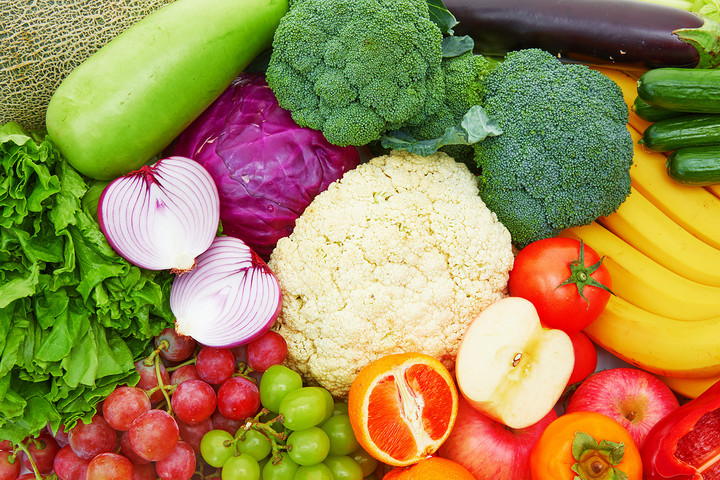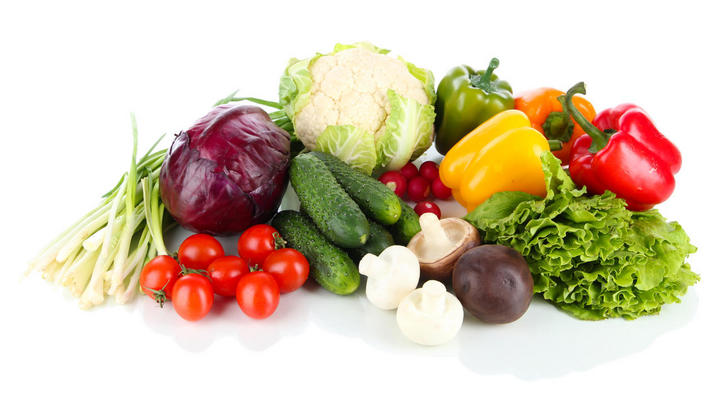


Root swelling disease is a worldwide disease of cruciferous crops caused by Plasmodiophora brassicae Woronin infection. Currently, this disease is distributed in most provinces, cities, and autonomous regions in China. Rape root swelling disease has become one of the main diseases in the Yangtze River Basin and Hanzhong region of China, and it continues to spread rapidly every year. The yield of affected fields is lost by 20% to 30%, and severe disease fields are lost by more than 60%, even resulting in crop failure. More seriously, without effective prevention and control measures, rapeseed in areas with severe root swelling disease will disappear. The Oil Plant Research Institute of the Chinese Academy of Agricultural Sciences and the Plant Protection Institute of the Sichuan Academy of Agricultural Sciences and other units have developed a simple, effective and low-cost green prevention and control technology system for clubroot disease based on different sowing and transplanting methods of rape and farmers’ fertilization habits in China, which has been demonstrated and popularized in diseased areas in Hubei, Anhui and Sichuan for many years, and the prevention and control efficiency of clubroot disease of rape can reach more than 80%, It is a breakthrough technology measure for stabilizing and increasing production in areas with severe root swelling disease.2、 Increase production and efficiencyThe cost of transplanting disease-free seedlings increases by 10 kilograms of lime nitrogen per mu by 80 yuan. Compared with not applying lime nitrogen, the yield of rapeseed increases by more than 50 kilograms, and the income per mu increases by more than 100 yuan. 15 milliliters of Kejia (10% Cyanoxazole) should be used for soaking seeds per acre of live rapeseed, with a cost of 6 yuan; Adding 10 kilograms of lime nitrogen at a cost of 80 yuan can increase the yield of rapeseed by more than 50 kilograms and increase the income per mu by more than 100 yuan compared to not taking disease prevention measures. The comprehensive prevention and control effect of root swelling disease has reached over 80%, and the effect of increasing production and income is significant.3、 Technical points1. Prevention and control techniques for root swelling disease of disease-free seedlings transplanted in rapeseed: ① Seedling raising, leveling the seedbed, and applying a honeycomb shaped paper seedling tube (diameter 6 cm) on the surface of the seedbed × 8 cm high (degradable) unfolded, filled with 80% sterile soil in the seedling tube, soaked with sterile water before sowing, covered with a layer of sterile soil on the seeds, and transplanted to the field after about 25-30 days of seedling age Apply 40 kilograms of 45% ternary compound fertilizer as base fertilizer to the transplanted field, and apply about 5 grams of lime nitrogen to the roots of each rapeseed plant during transplantation The transplanting density is around 1500 plants per acre.In places where the disease is relatively light and there is a lack of manpower, the seedbed soil can be sterilized to raise seedlings. The specific method is: the seedbed soil is fine and the surface is flat, and the seedbed soil is evenly treated with 1500 times of Kejia spray. The water consumption is appropriate to fully wet the surface soil of 15cm. The sowing should be thin, and the seedlings should be thinned frequently after emergence to ensure that the leaves of rape seedlings do not overlap. Transplant around 30 days after sowing, eliminate seedlings with infected roots during transplantation, apply 45% ternary compound fertilizer of 40 kilograms and 10 kilograms of lime nitrogen as base fertilizer to the transplanted fields, and irrigate the roots with 2000 times of Kejia solution after transplantation.2. The prevention and control technology of direct seeding rapeseed root swelling disease: ① Soaking the seeds, using about 200 grams of seed per acre, 15 milliliters of Kojia mixed with 1L of medicinal solution, soaking the seeds in the medicinal solution for 1-2 hours, taking out the seeds and drying them for sowing. ② Mix 10 kilograms of lime nitrogen with 45% ternary compound fertilizer and apply 40 kilograms to the field as base fertilizer. ③ The density per acre is around 20000 to 25000 plants.4、 Suitable areaNational rapeseed root swelling disease incidence area.5、 Precautions1. The prevention and control of root swelling disease focuses on prevention. Once the crop is infected by pathogens, medication has no control effect. Therefore, in fields where root swelling disease occurs, attention must be paid to prevention and early application of medication.2. Choosing suitable local hybrid rapeseed varieties for seedling cultivation and transplantation is beneficial for achieving high yield.

No reply content